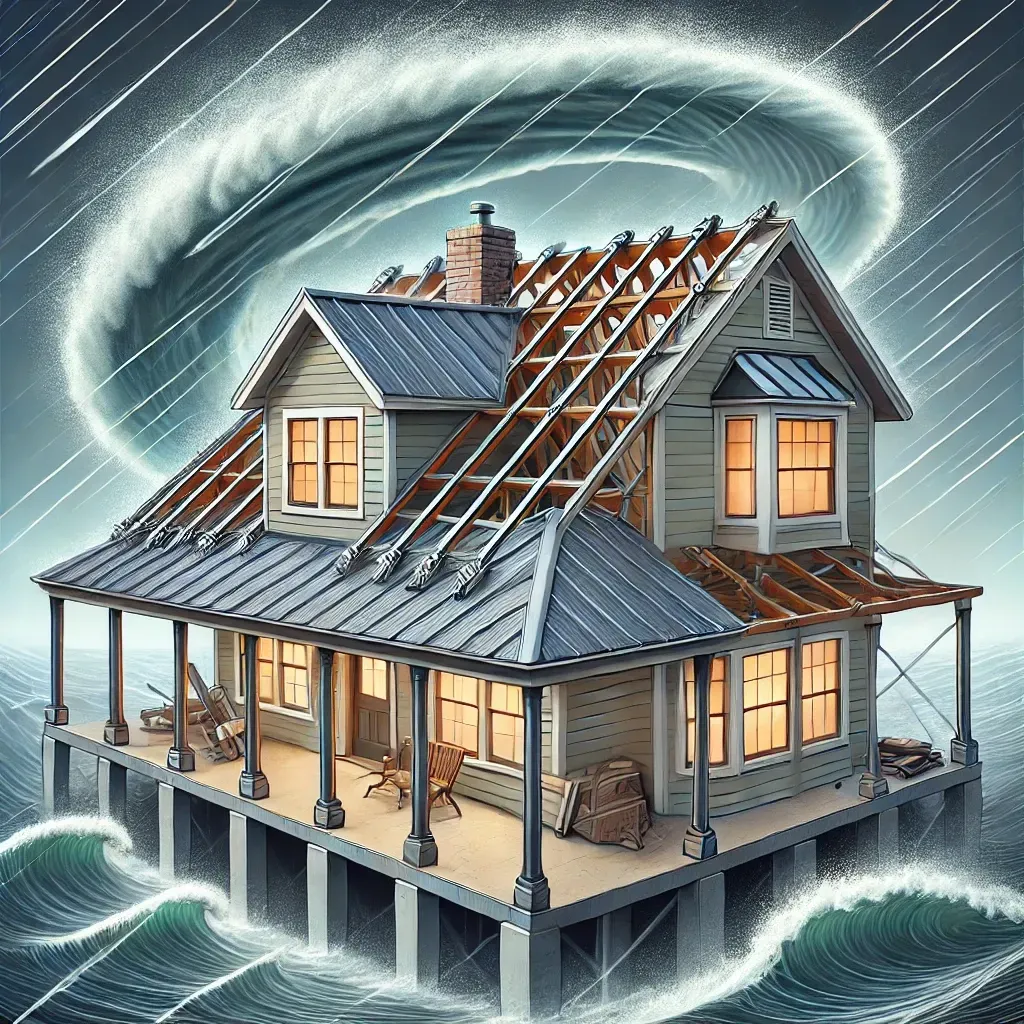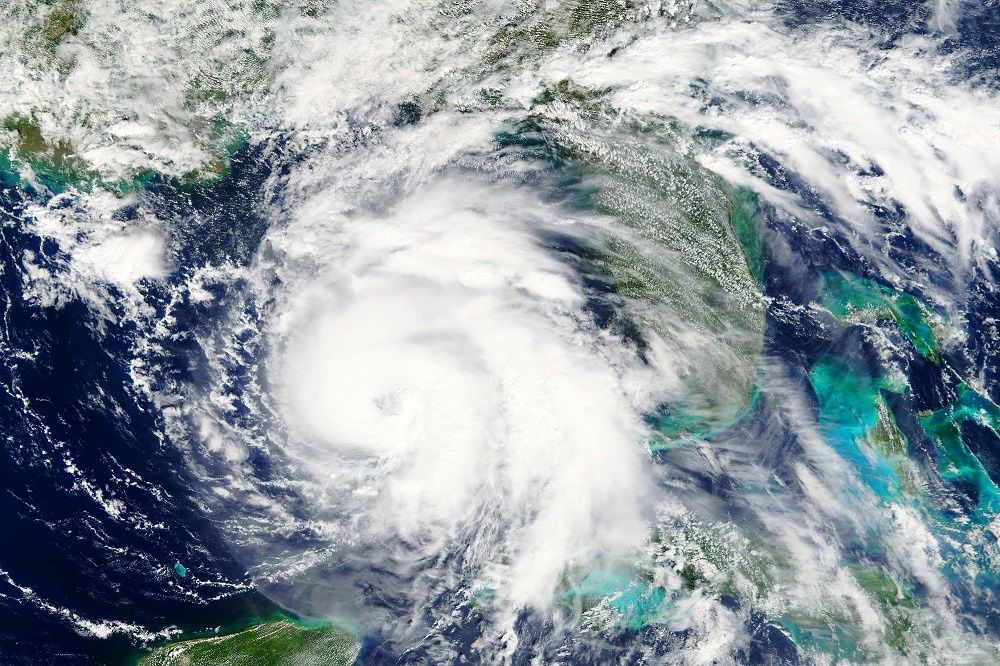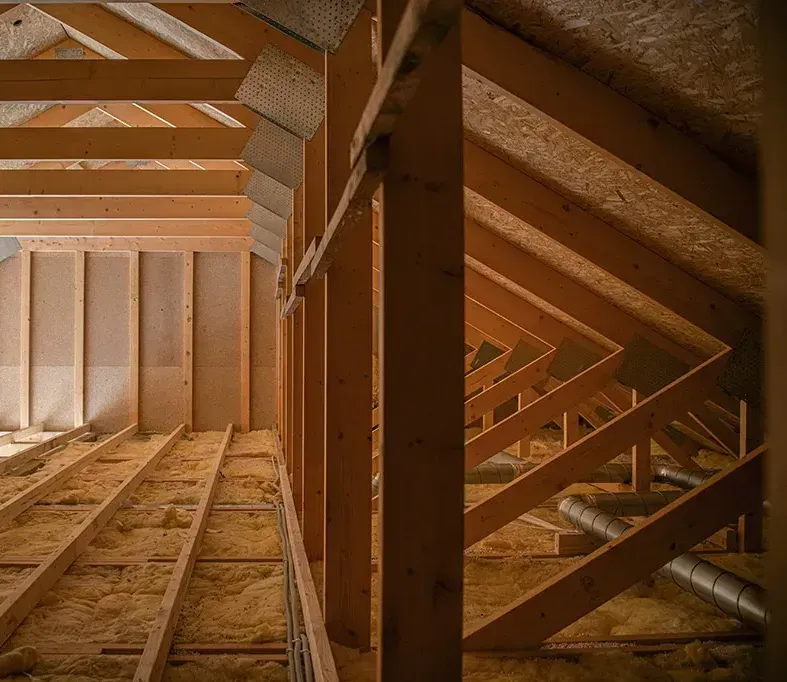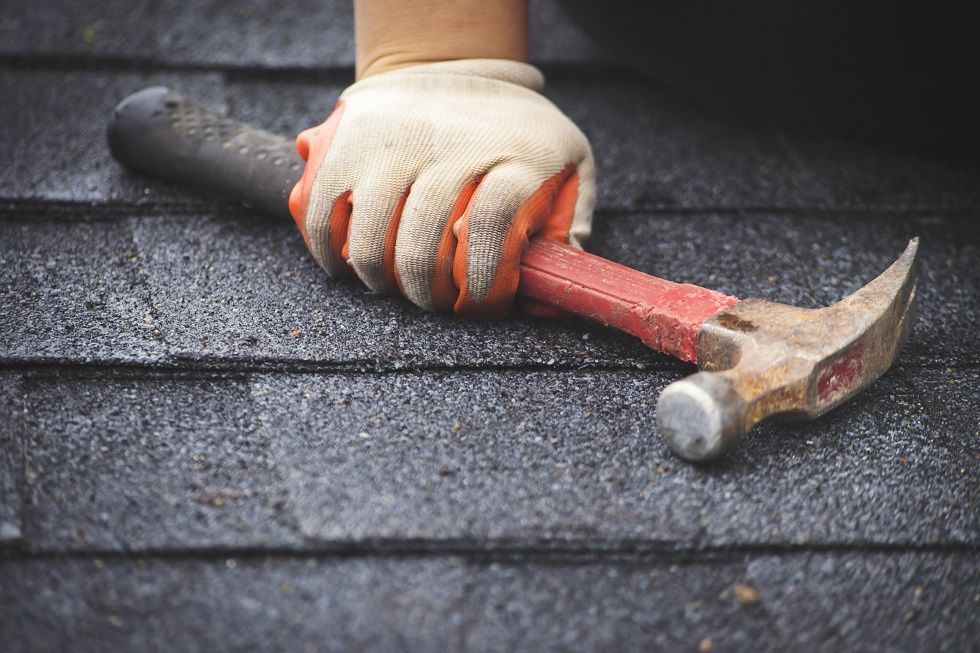
A Third Nail gives Florida homeowners a proven way to protect their homes from hurricanes while cutting insurance costs year after year. This article can be used on your website or in marketing materials to promote the service to homeowners, insurance agents, and real estate professionals. If you live in Florida, you already know your roof is the first line of defense against hurricanes and severe storms. What many homeowners do not realize is that a simple upgrade to the roof-to-wall connection can dramatically strengthen the structure and unlock substantial annual insurance savings. With A Third Nail’s hurricane strap retrofit and truss mitigation services, your home can better withstand high winds while you enjoy potential insurance premium reductions of roughly 25–35% every year, depending on your carrier and policy. Learn more at: https://athridnail.com What A Third Nail Actually Does A Third Nail improves the critical connection where the roof meets the walls, commonly called the roof-to-wall attachment. In many older Florida homes, these connections are held with basic toenails, which offer limited resistance when hurricane-force winds lift upward on the roof. By adding a “third nail,” installing hurricane clips, or upgrading to single or double wraps, A Third Nail strengthens these connectors so the roof is far less likely to uplift or separate during a storm. Every project includes a wind mitigation inspection with documentation for insurance use. Key Services Homeowners Receive • 3rd nail roof-to-wall retrofits that upgrade existing toenail connections. • Installation of hurricane clips, single wraps, or double wraps. • Truss mitigation and building code upgrades for Florida wind zones. • Wind mitigation inspection included with every project. Insurance Savings and Long-Term Value The most immediate benefit for many homeowners is reduced insurance premiums after the retrofit and updated wind mitigation report. Saving 25–35% annually can add up to thousands of dollars over the life of a policy. Because this upgrade targets a key structural weak point, it is one of the most cost-effective improvements available in Florida. Why Professionals Recommend A Third Nail A Third Nail and its parent company, LGT Restoration Services, LLC, are licensed general contractors specializing in hurricane strap retrofits and truss mitigation. They have retrofitted thousands of homes across Florida and work closely with insurance agents, home inspectors, property managers, roofing companies, and realtors. Professionals trust the company because its crews understand both the construction work and the insurance documentation required to secure discounts. Coverage Across Florida A Third Nail serves homeowners statewide, including Miami, Fort Lauderdale, Tampa, Orlando, Jacksonville, Naples, Sarasota, Fort Myers, West Palm Beach, Ocala, St. Augustine, Clearwater, and The Villages. Crews retrofit homes from inside the attic or through wood, vinyl, or aluminum soffits depending on the home’s construction. Soffit Installation A Third Nail also installs commercial-grade aluminum and architectural vinyl soffits designed for Florida’s intense sun, heavy rain, and high winds. These materials resist rot and pests and require minimal maintenance. Proper ventilation also improves attic airflow, supports roof longevity, and helps cooling efficiency. Service Advantages • Fast response and punctual crews. • Clean, professional workmanship. • A quality guarantee with a follow-up inspection. • Discounts for active military, veterans, and first responders. Financing and Getting Started A Third Nail offers 100% financing options with zero down for qualifying homeowners. Many customers begin saving on insurance premiums before the project is fully paid for. Homeowners can request a free estimate through the website or chatbot. The team evaluates the home, reviews the scope of work, and explains how the retrofit upgrades roof-to-wall connectors from toenails to clips or wraps. Social Proof and Peace of Mind Customer reviews highlight quick communication, knowledgeable technicians, fair pricing, and strong confidence in the home’s improved safety and insurance benefits. For more info or to schedule a quote, visit: https://athridnail.com
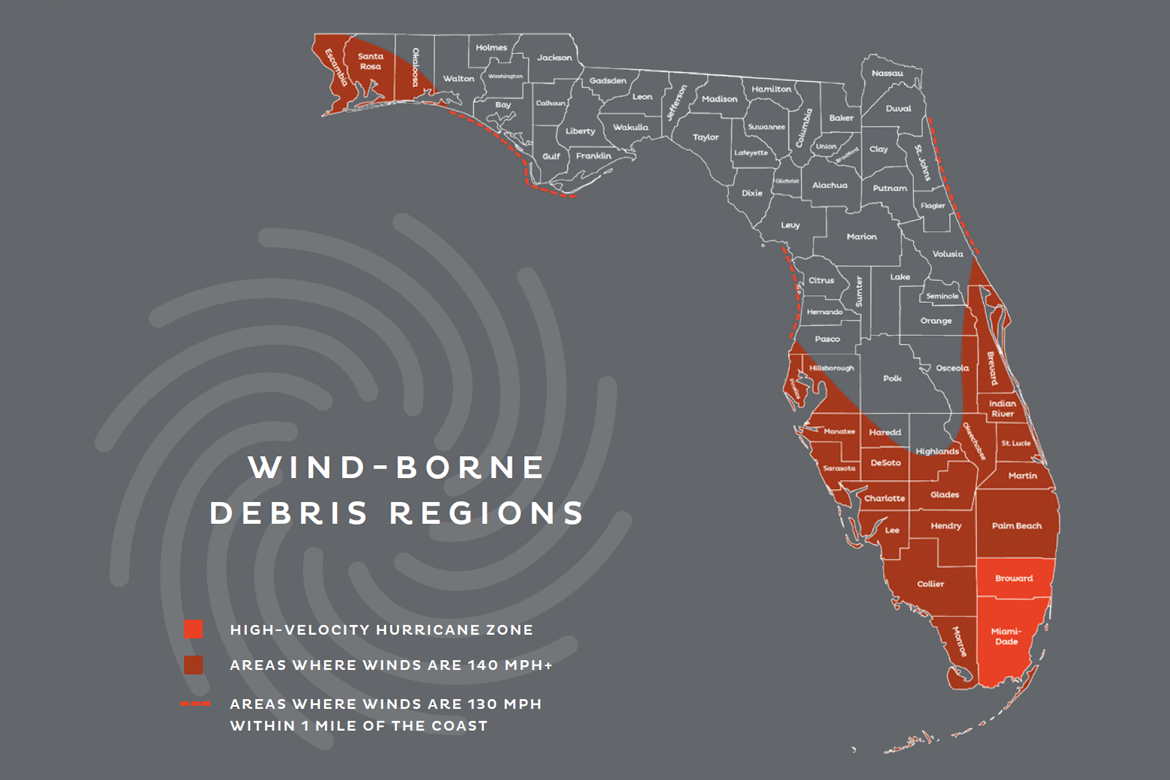
When you live in Florida, hurricanes aren’t just a possibility—they’re a certainty. Protecting your home starts with a strong roof structure. At LGT Restorations | Third Nail Guy , we provide professional truss mitigation and hurricane retrofit services designed to secure your property against high winds and storm damage. From roof straps and tie-downs to complete wind mitigation inspections , we ensure your home is built to withstand Florida’s toughest storms while helping you save money on insurance. Why Hurricane Retrofitting Matters in Florida A hurricane retrofit isn’t just about meeting code—it’s about peace of mind. High winds can create intense uplift, pulling roofs away from walls if they aren’t properly secured. By reinforcing the roof-to-wall connection with modern truss straps, clips, and tie-downs, your home gains the structural integrity needed to stand strong during a storm. Benefits of hurricane retrofitting include: Stronger storm protection for your family and property Compliance with Florida Building Codes Extended roof lifespan by reducing stress and moisture damage Lower homeowners insurance premiums through wind mitigation credits Our Hurricane Retrofit & Truss Mitigation Services At LGT Restorations | Third Nail Guy , we specialize in complete structural reinforcement for Florida homes: Hurricane Roof Straps, Clips & Tie-Downs We install commercial-grade hurricane straps and fasteners that lock your roof system to your walls, dramatically improving resistance against wind uplift. 2. Roof Truss Strap Installations Our team ensures every truss is properly anchored with heavy-duty steel connectors—installed to meet or exceed Florida’s strict building requirements. 3. Wind Mitigation Inspections We provide certified inspections that verify your home’s storm readiness. These inspections often qualify you for significant insurance discounts , saving you money year after year. Why Florida Homeowners Choose LGT Restorations | Third Nail Guy Local Hurricane Experts – Decades of Florida construction and retrofit experience Code Knowledge – We know the Florida Building Code inside and out Insurance Savings – Our inspections and retrofits can help lower your premiums Proven Trust – Homeowners across Cape Coral, Fort Myers, Naples, and throughout Southwest Florida count on us for reliable protection Don’t Wait Until the Next Storm Hurricane season is unpredictable, but your home’s protection doesn’t have to be. Strengthen your roof, secure your property, and gain peace of mind with Florida’s trusted retrofit specialists. Call LGT Restorations | Third Nail Guy today at 844-990-9797 for a free consultation and assessment.

When it comes to protecting and beautifying your Florida home, few upgrades deliver as much long-term value as professional soffit installation. At A Third Nail, we specialize in premium aluminum and vinyl soffit systems designed specifically to thrive in Florida’s challenging climate. If you’re considering upgrading your home’s exterior, here’s why aluminum and vinyl soffits are a smart investment. Built for Florida’s Extreme Climate Florida homes endure blistering sun, torrential rains, and even hurricane-force winds. That’s why we only use commercial-grade aluminum soffit and architectural vinyl soffit engineered to perform in these conditions. Unlike cheaper alternatives that warp, crack, or fade, our products remain strong and beautiful year after year—protecting your home and preserving its curb appeal. Virtually Maintenance-Free Performance One of the biggest advantages of aluminum and vinyl soffit is their low-maintenance durability. These materials are: Rot-resistant – no more wood rot headaches Pest-proof – keeps insects and small animals out Fade-resistant – color stays vibrant in Florida’s sun All they require is an occasional rinse to look like new. That means more time relaxing and less time maintaining. A Smarter Home Ventilation System Quality soffit installation isn’t just about looks—it’s about performance. Our soffit systems are designed to maximize attic airflow, which: Reduces heat buildup Lowers monthly energy costs Extends the life of your roof by preventing moisture damage It’s an upgrade that pays you back over time in savings and protection. Endless Design Possibilities Your soffit system should blend seamlessly with your home’s style. That’s why we offer a wide range of fade-resistant colors and textures—from timeless white to bold, modern finishes. Whether your home is classic, coastal, or contemporary, we’ll help you select the perfect look. Why Homeowners Trust LGT. At LGT, we don’t cut corners. Our team delivers flawless installations backed by decades of experience in Florida construction. Every soffit project is completed with precision, giving your home a clean, finished look that enhances both curb appeal and value. Call Today to Schedule Your Free Professional Assessment: 844-990-9797
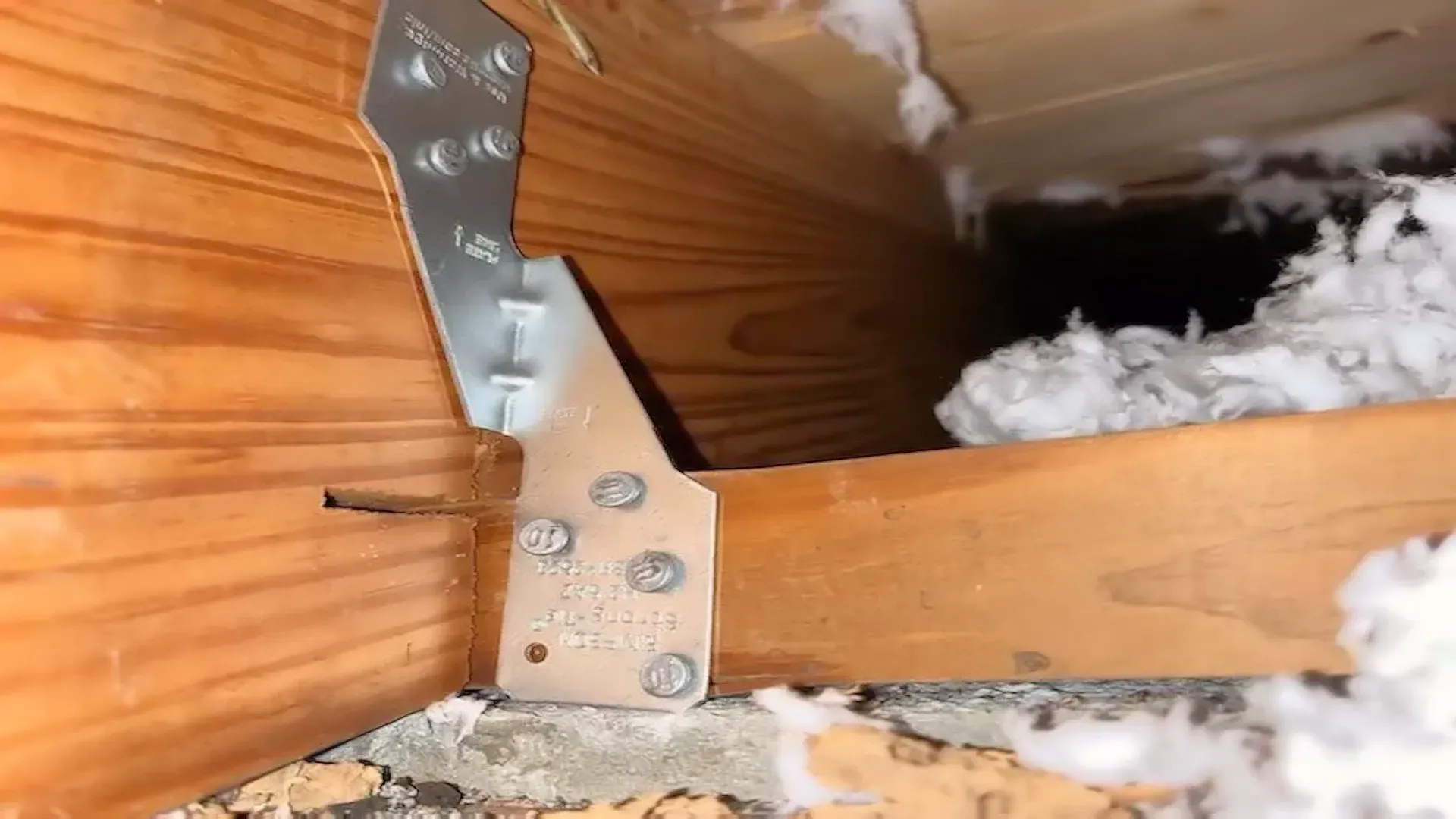
As a homeowner, you might not realize how a few strategic reinforcements can save your property and potentially thousands in insurance costs. At LGT, we specialize in hurricane protection techniques that go beyond standard construction. Let me break down our key services that can transform your home's resilience: 3rd Nail Services: The Game-Changer Most people don't realize that standard roof attachments often leave critical vulnerabilities. Our 3rd nail service adds an additional connection point, dramatically increasing your roof's ability to withstand hurricane-force winds. It's like adding an extra seatbelt to your home's structural safety system. Toenail-Clip Retrofits: Precision Protection These specialized clips provide enhanced roof-to-wall connections that traditional methods miss. Think of them as strategic anchors that keep your roof from becoming a sail during intense storms. Toenail-Single Wrap Retrofits: Comprehensive Coverage This technique provides a full-wrap solution that creates a continuous load path, essentially creating a stronger "chain" of protection from your roof through your walls. Why Tampa, Fort Myers, and The Villages Homeowners Trust Us In wind-vulnerable areas like these, every additional reinforcement matters. Our wind mitigation techniques can potentially: Reduce insurance premiums Increase home safety Provide peace of mind during hurricane season Real Talk: Insurance Savings Potential Many homeowners save 15-45% on their insurance premiums after a professional wind mitigation inspection. That's money back in your pocket while improving your home's structural integrity. Ready to Protect Your Investment? Don't wait for the next storm to wish you'd taken action. Call LGT today at 844-990-9797 or visit https://athirdnail.com for a comprehensive home assessment. Protect. Save. Breathe Easy. Need an immediate consultation? Our experts are standing by to help you secure your home's future.

Living in Florida means you have to embrace sunshine, beaches, and yes, hurricane season. If you own a home here, you’re familiar with the routine: boarding up windows, stockpiling emergency supplies, and hoping for the best when storm alerts come through. But what if there’s a more effective way to safeguard your home? That’s where a retrofit roof mitigation inspection comes in—your best defense against hurricane damage and inflated insurance premiums. What Is a Retrofitting Roof Mitigation Inspection? Imagine it as a health check-up for your house. Our inspectors thoroughly evaluate how well your home can withstand the fierce Florida winds. We check everything from the connections of your roof to the way your walls are anchored to the foundation. Why Should You Care? It boils down to two things: Money and Safety. Many homeowners don’t realize that one inspection could: - Save you up to 35% on your insurance - Reveal hidden weaknesses in your home’s structure - Provide peace of mind during hurricane season Let’s Get Real: Insurance Savings Insurance companies appreciate homeowners who take the initiative. A detailed wind mitigation report could save you hundreds of dollars annually. In areas like The Villages or Fort Myers, those savings can be significant. What We Assess: Roof-to-wall connections Strength of roof deck attachments Protections for windows and doors Overall structural stability Why Choose The 3rd Nail Retrofitting Mitigation? We aren’t just another inspection service. We’re your neighbors, and we truly care about ensuring the safety of Florida homes. Our team doesn’t merely point out issues—we offer practical solutions. Pro Tip: Many homeowners find problems they weren’t even aware of. For instance, one client in Tampa discovered serious roof issues that could have led to thousands in damages. Costs vs. Savings - Discounts on insurance - Avoided damage - Enhanced home value Who Should Consider This? - Homeowners in hurricane-prone regions - Owners of older houses - Anyone looking to cut costs. Ready to Protect Your Home? Don't wait for the next hurricane warning to scramble for protection. We make this process simple, quick, and painless. 📞 Call Now: 844-990-9797 🌐 Get a Quote: https://athirdnail.com Bonus: Schedule your inspection this month and get a free comprehensive risk assessment! Bottom Line: A small investment today can save you thousands tomorrow. Let's keep your Florida home safe and your wallet happy. Stay safe out there, Florida! The A Third Nail Team Frequently Asked Questions About Wind Mitigation Inspections Q: How long does a Retrofiting mitigation inspection take? A: Typically, our inspections take about 30-45 minutes for an average-sized home. We'll thoroughly examine your roof, walls, and key structural connections. Q: Will my insurance definitely go down? A: While we can't guarantee specific savings, most Florida homeowners see insurance reductions of 10-45%. The actual savings depend on your current policy and the inspection results. Q: Do I need a wind mitigation inspection if my home is new? A: Absolutely! Even new homes can benefit from an inspection. Building codes change, and a professional assessment can help you maximize your insurance discounts and identify any potential vulnerabilities. Q: What areas do you service? A: We cover all of Florida, with a strong presence in: The Villages of Florida Fort Myers Florida Tampa Florida Orlando Florida West Palm Beach Florida And surrounding areas Q: How often should I get a wind mitigation inspection? A: We recommend an inspection every 3-5 years or: After major renovations Before purchasing a new home If you're looking to update your insurance When you notice any structural changes Q: What's the difference between a retrofit mitigation inspection and a standard home inspection? A: Wind mitigation focuses specifically on how your home would withstand hurricane-force winds. We look at critical connections, roof strength, and potential wind entry points. A standard home inspection is more general and covers overall home condition. Q: Can I do the inspection myself? A: While we appreciate DIY spirit, insurance companies require a certified professional inspection. Our experts use specialized tools and have the training to provide a comprehensive, credible report. Q: How quickly will I get my report? A: Most clients receive their detailed wind mitigation report within 24-48 hours of the inspection. Q: What if my home needs repairs? A: No worries! We don't just identify issues - we can help you address them. Our team provides recommendations and can even assist with retrofitting and reinforcement. Q: How much does a wind mitigation inspection cost? A: Prices typically range from $150-$300. Consider it an investment that can save you thousands in potential damages and insurance costs. Still Have Questions? Our team is standing by to help you protect your home and save money! 📞 Call Now: 844-990-9797 💻 Quick Online Quote: https://athirdnail.com 📧 Email: info@athirdnail.com

